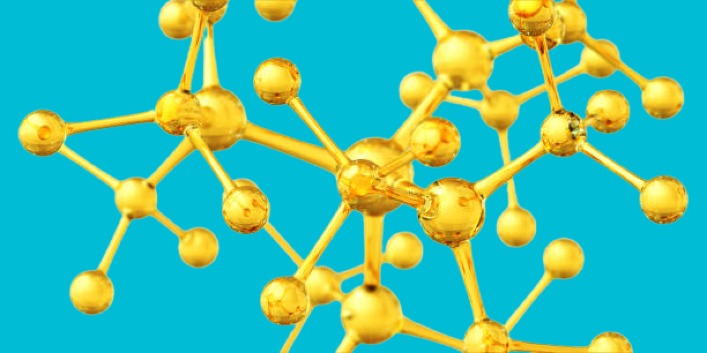Welcome To ChemAnalyst

Fatty acid prices have been skyrocketing since the last quarter of 2021. As per the ChemAnalyst database, the Fatty Acid C12 FOB Tanjung Priok prices effectively rose by 23.84% in 2022 and settled at USD 3480/MT while the Fatty Acid C16 FOB Tanjung Priok prices increased by 7.45% and reached USD 1730/MT for February in Indonesia.
The Indonesian Fatty Acid market has seen terrifying bullishness from the strong palm oil feedstock performance in the international market due to low palm oil output in the country. In addition, concerns about a slowdown in palm oil exports were raised because of new Indonesian export laws, and the Minister of Trade Regulation No. 08 of 2022 has made exports more problematic. According to the latest policy on February 8, Indonesia's palm oil exports may decrease this year, and the Indonesian government's approval of export licenses will also affect supply to the global market. As a result, Fatty acid fundamentals outran the supplies because of their high demand for applications in various pharmaceutical, home, and personal care, agrochemicals, textile, lubricant, waxes, soap, and detergent sectors.
According to a comparison of leading global market conditions, the influence of the war in Russia and Ukraine is the driving force for the current high palm oil prices thereby the sky-high fatty acid prices. As per the latest news, the Russian-Ukrainian delegation held a five-hour negotiation on the 28th in Gomel Oblast, Belarus, although this negotiation is still at the stage of "complete exchange of ideas between the two sides," apart from an agreement to continue the follow-up. It did not provide the situation with any actual impetus outside of the negotiation. This shows that, in the short term, the situation in Russia and Ukraine will have an impact on oil and fat prices.
As per ChemAnalyst, “the price of Fatty acid in Indonesia is likely to increase with the demand still being stronger in the end-user industries, particularly in the manufacture of natural emulsifiers and surfactants, due to high market sentiments and surging demand for biodegradable compositions generated from natural sources. The fatty acid manufacturing chain will remain feedstock constrained due to poor palm oil production. Furthermore, the growing preference for innovative manufacturing coupled with a higher concentration of market players is expected to drive market growth in the region.”
We use cookies to deliver the best possible experience on our website. To learn more, visit our Privacy Policy. By continuing to use this site or by closing this box, you consent to our use of cookies. More info.
